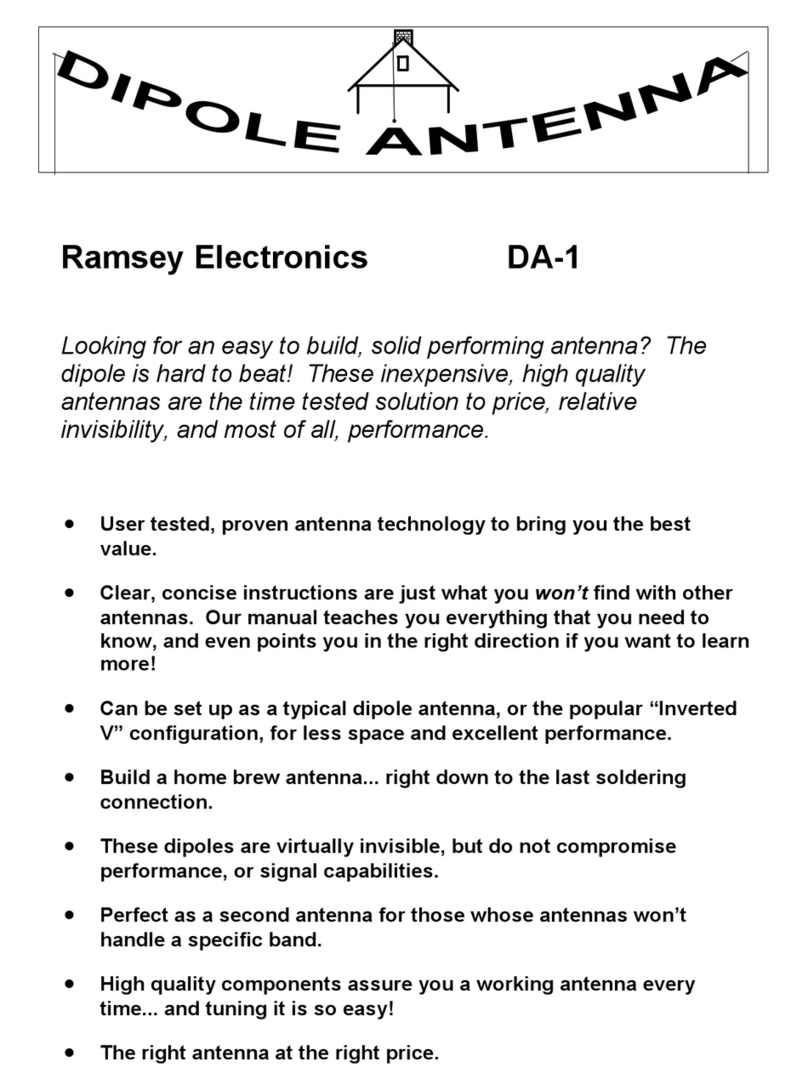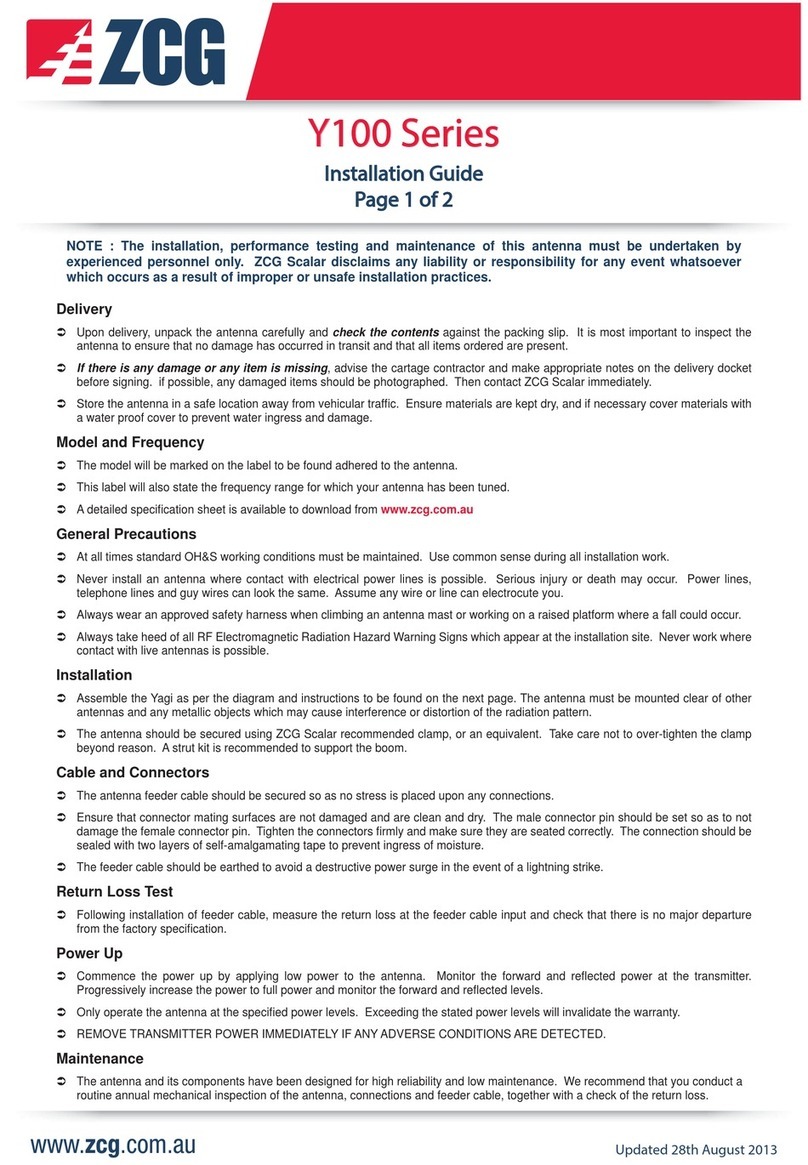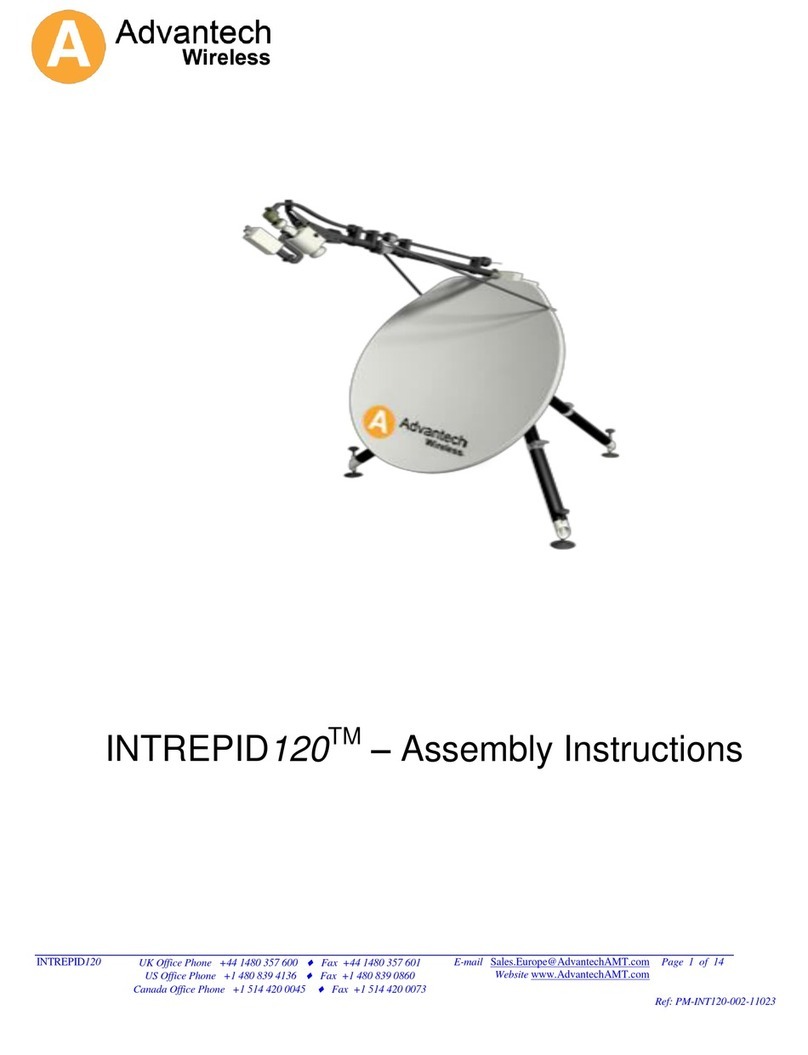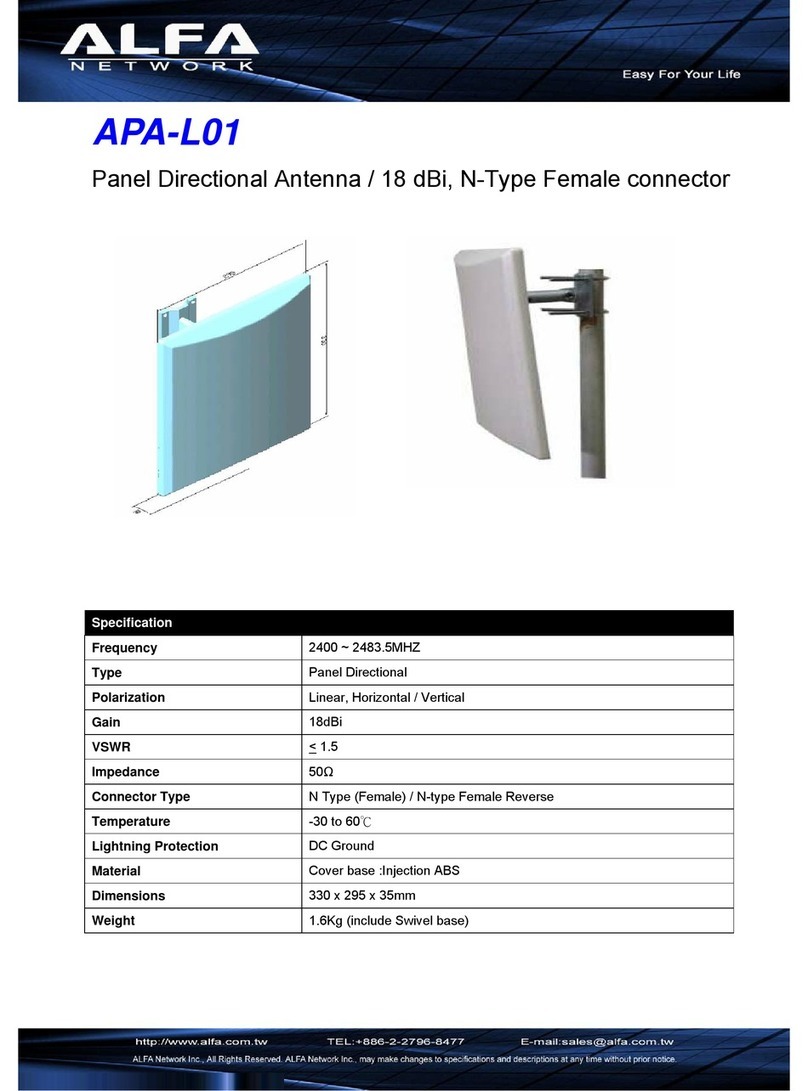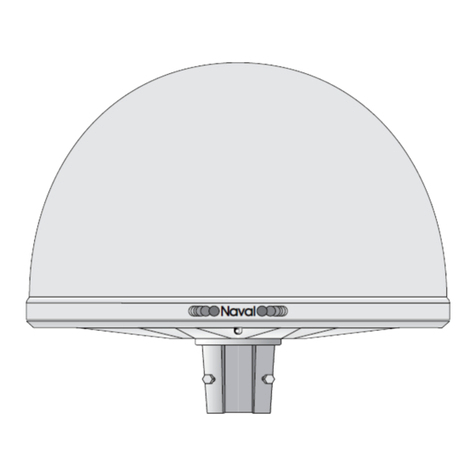Ramsey Electronics DAP25 User manual
Other Ramsey Electronics Antenna manuals

Ramsey Electronics
Ramsey Electronics DA-160 Mounting instructions

Ramsey Electronics
Ramsey Electronics WSR-ANT User guide

Ramsey Electronics
Ramsey Electronics DA-80 User manual
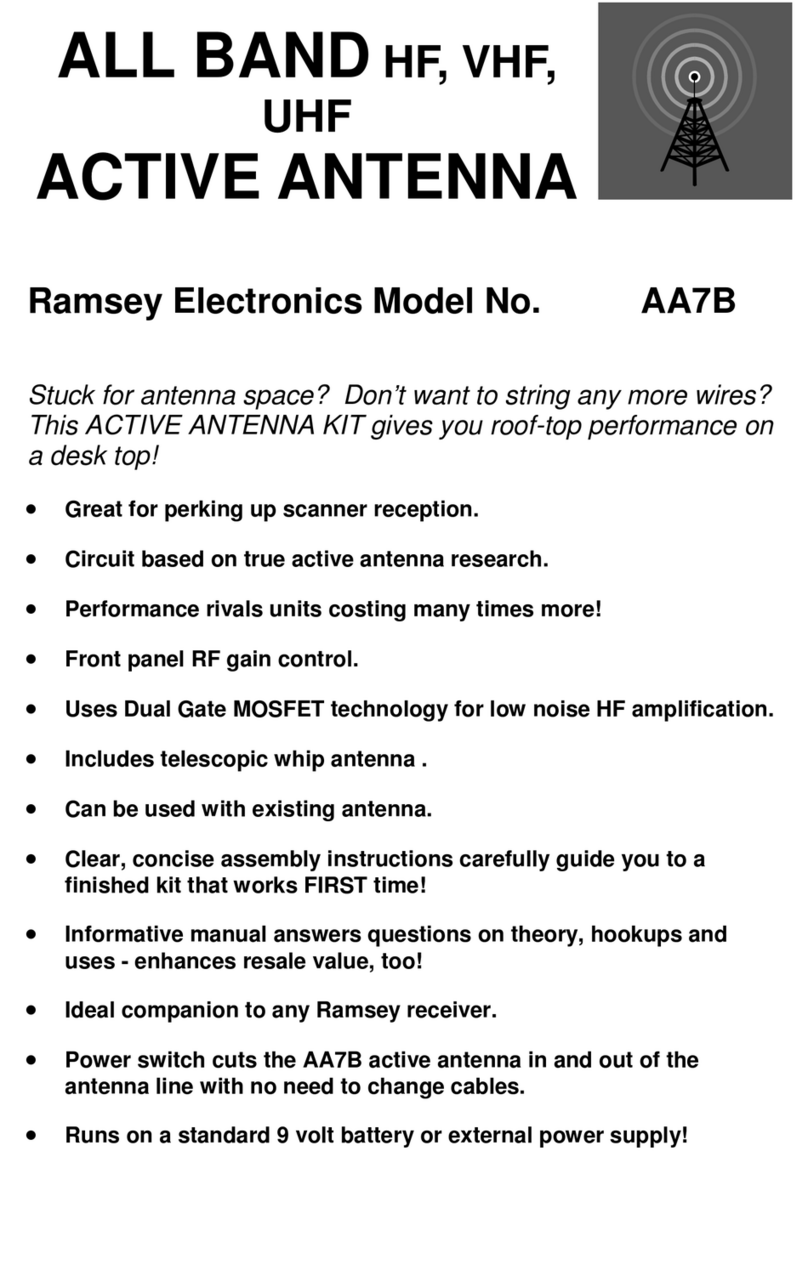
Ramsey Electronics
Ramsey Electronics AA7B User manual
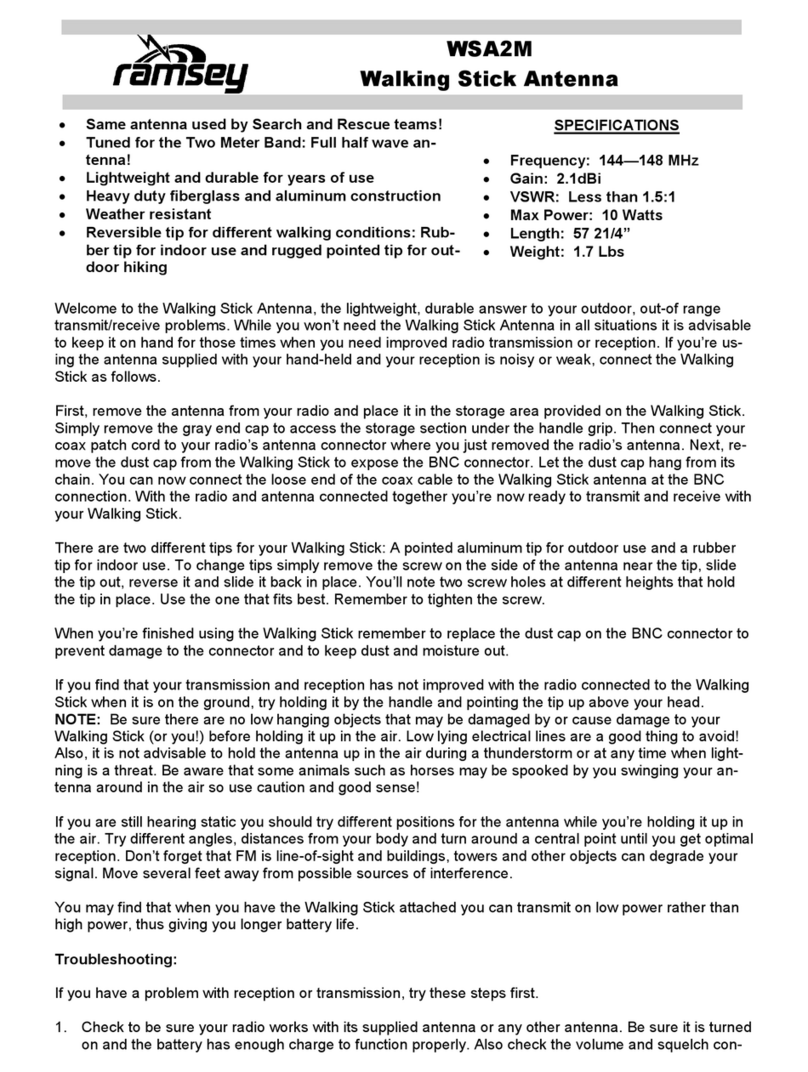
Ramsey Electronics
Ramsey Electronics WSA2M User manual
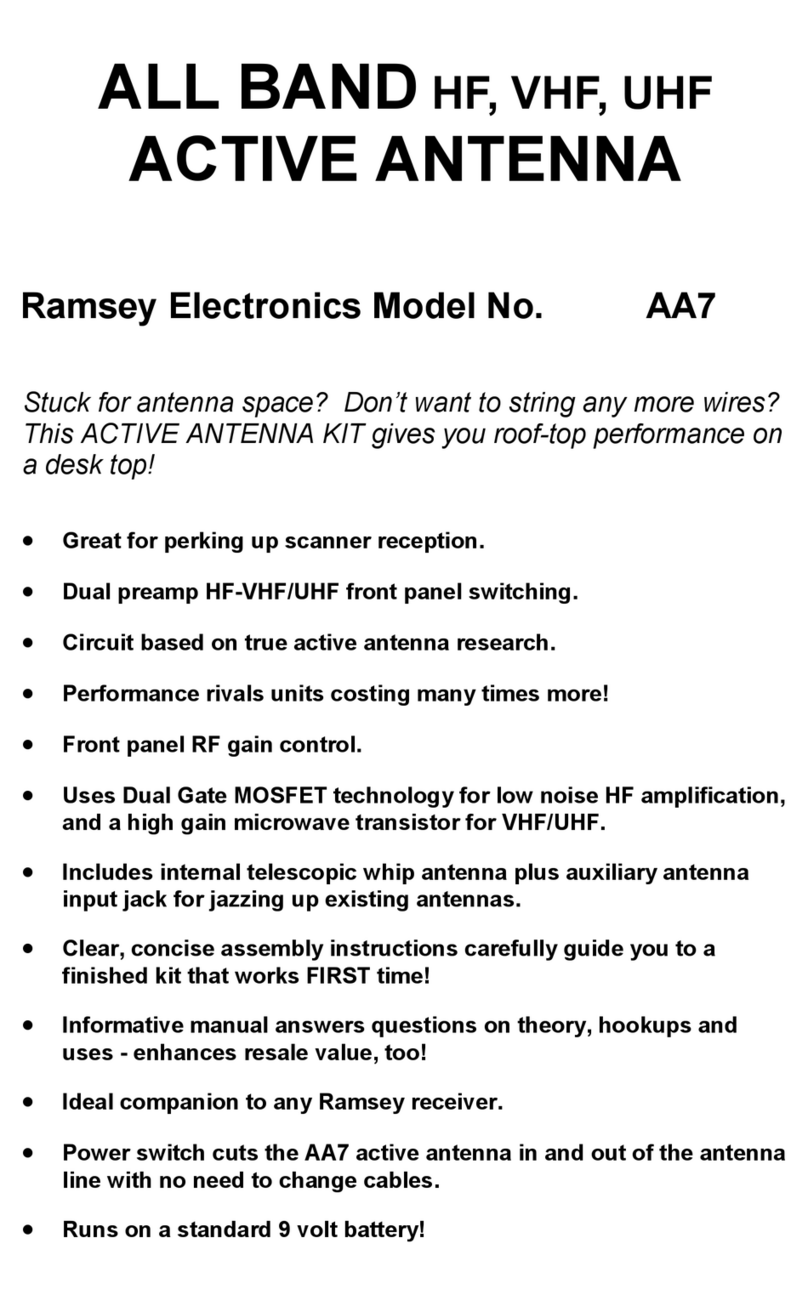
Ramsey Electronics
Ramsey Electronics AA7 User manual
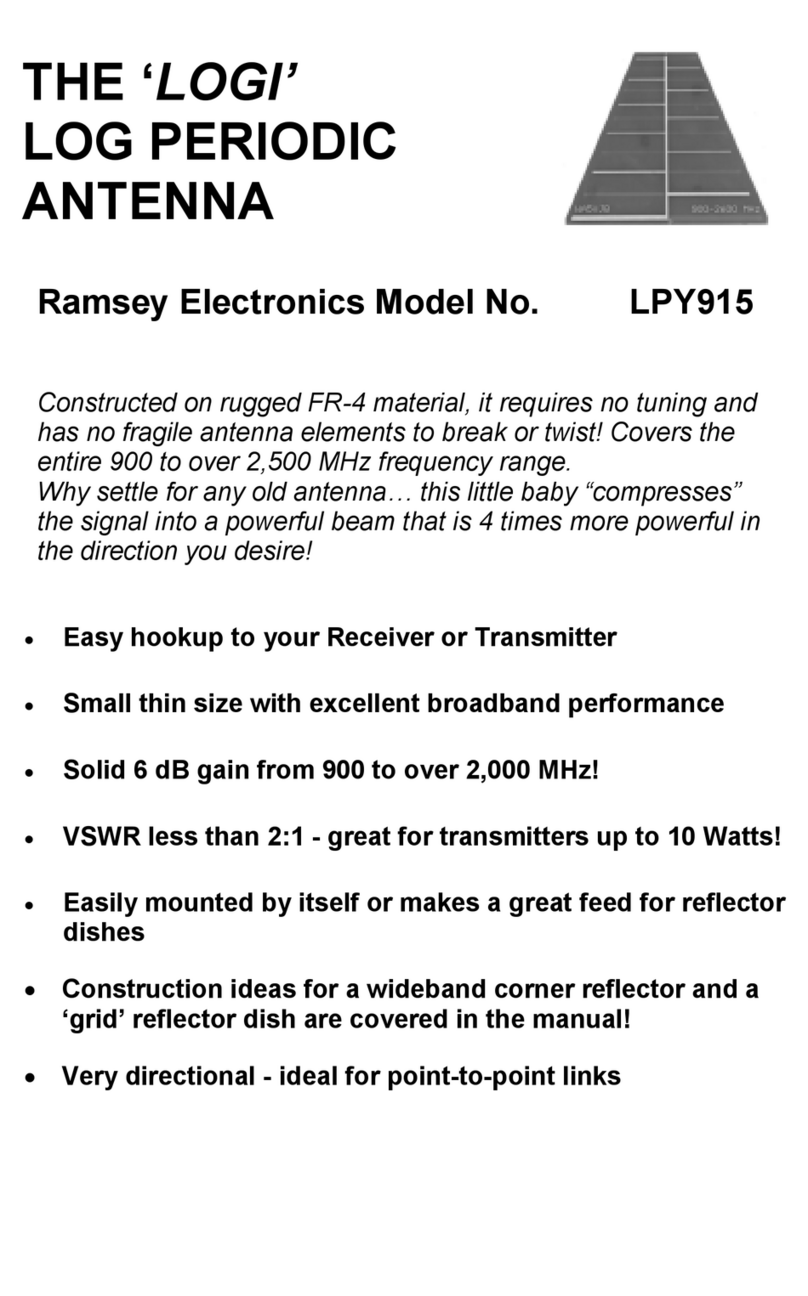
Ramsey Electronics
Ramsey Electronics The `Logi' Log Periodic Antenna LPY915 User guide
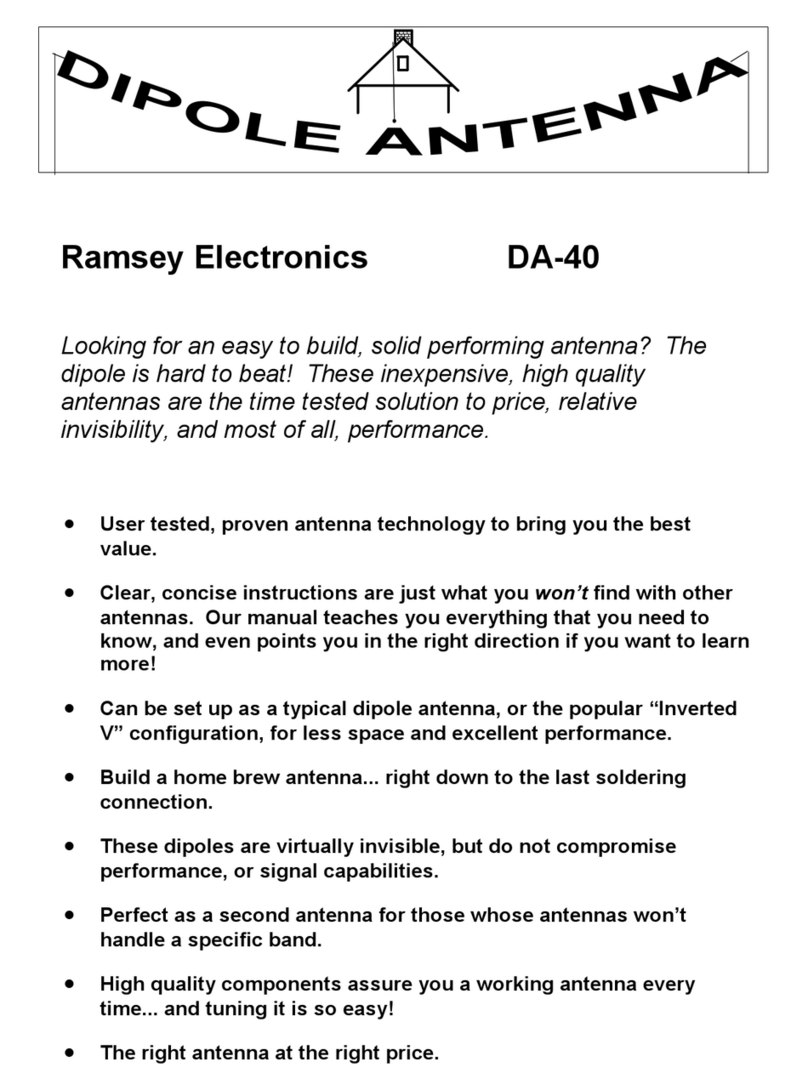
Ramsey Electronics
Ramsey Electronics DA-40 User manual
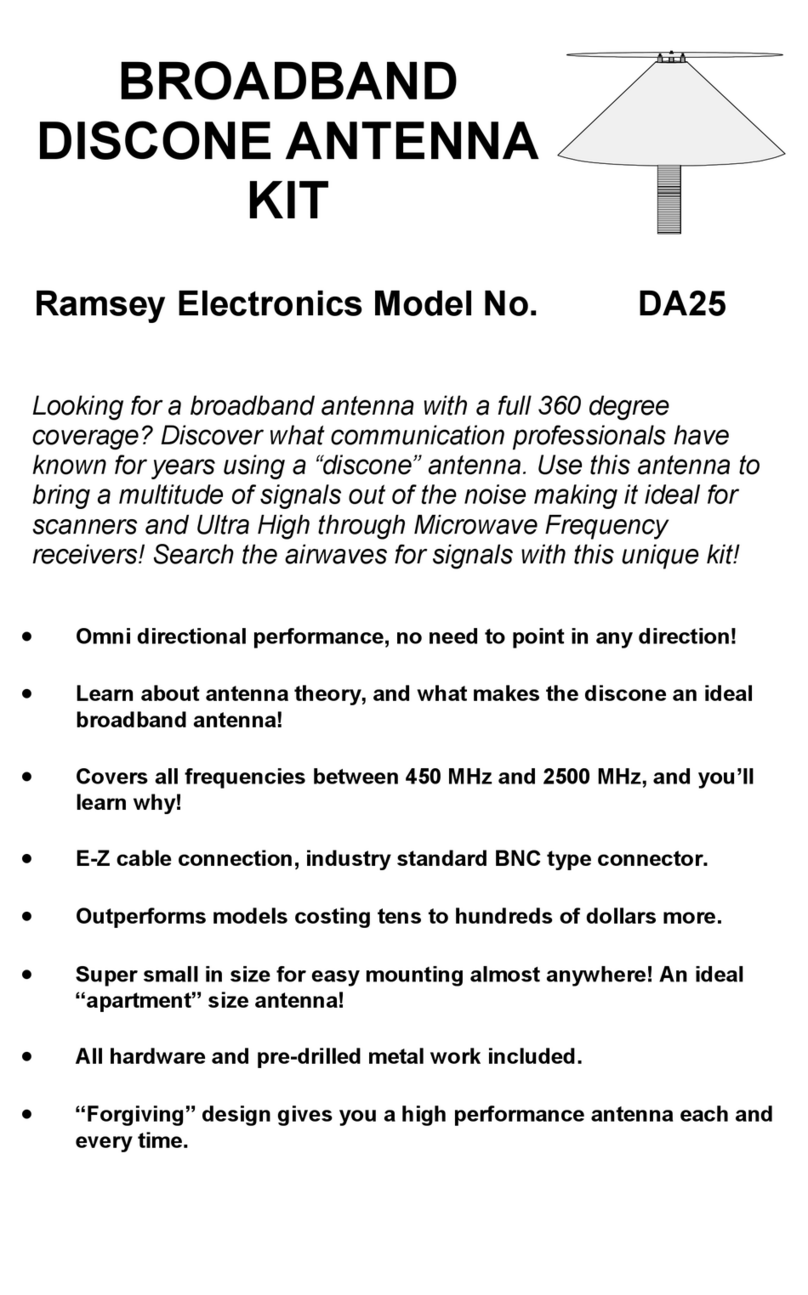
Ramsey Electronics
Ramsey Electronics DA25 User manual
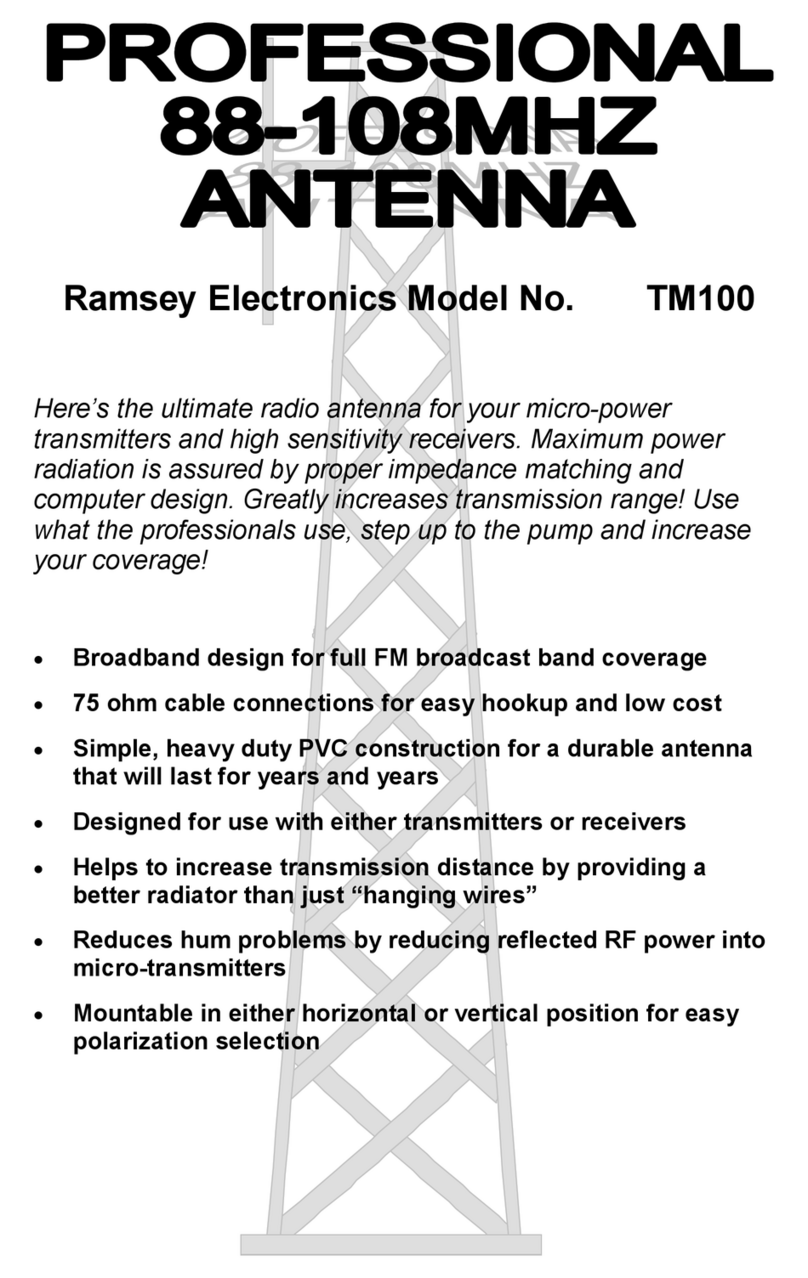
Ramsey Electronics
Ramsey Electronics TM100 User manual
Popular Antenna manuals by other brands
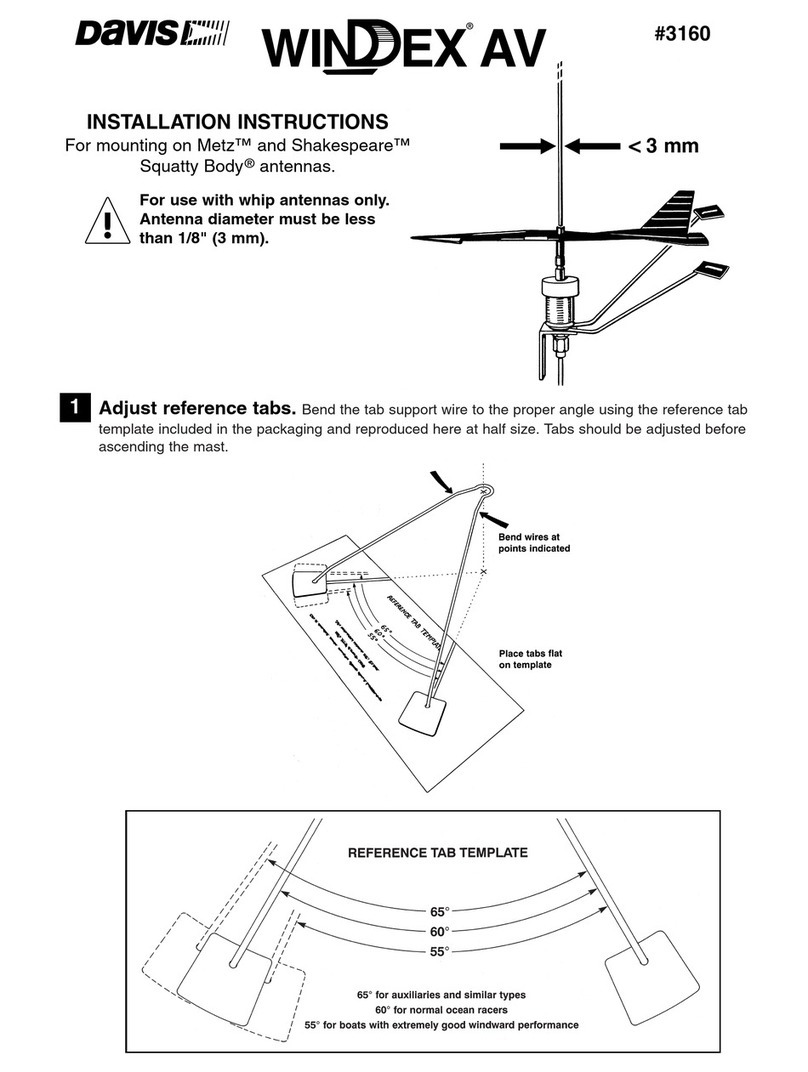
DAVIS
DAVIS Windex AV 3160 installation instructions
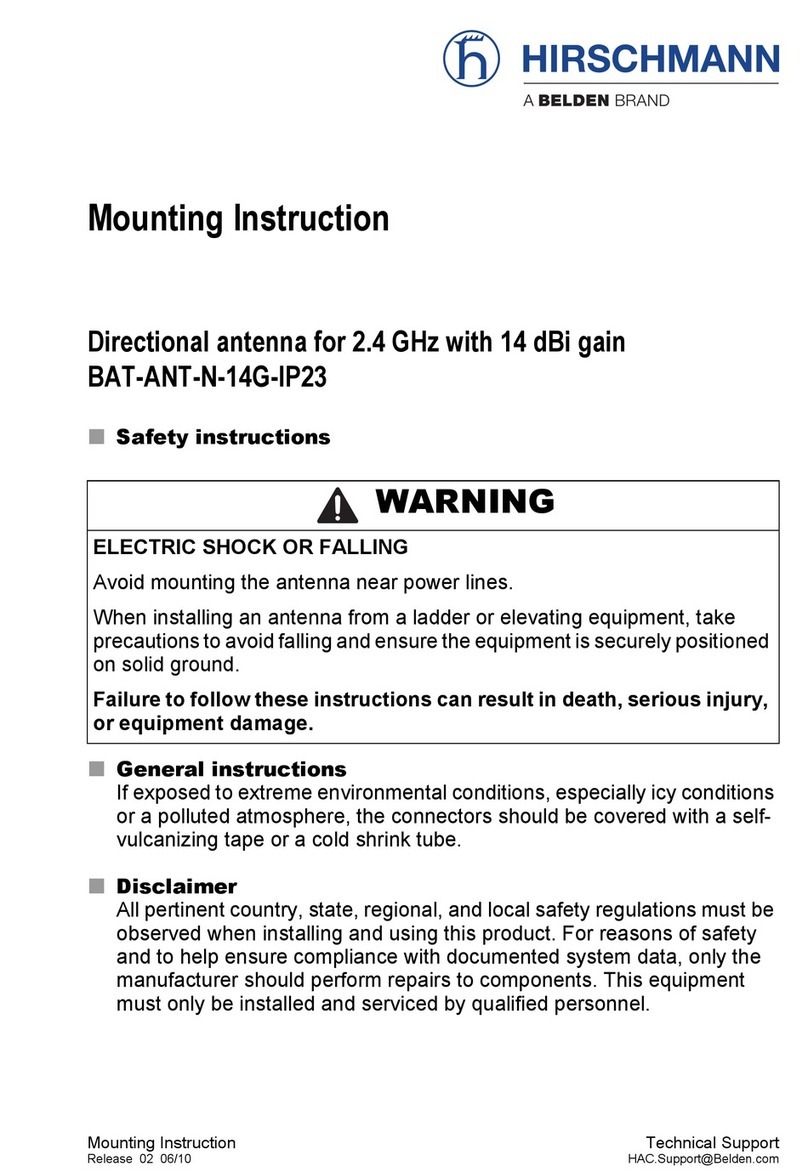
Belden
Belden Hirschmann BAT-ANT-N-14G-IP23 Mounting instruction
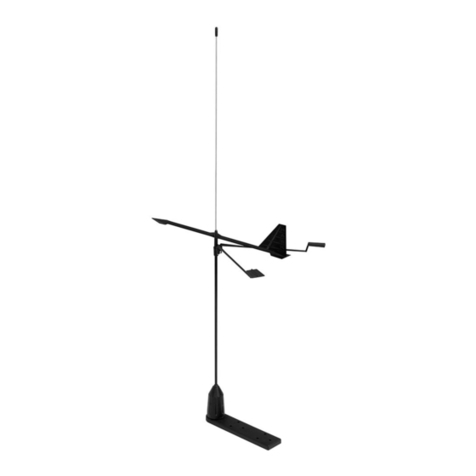
Vtronix
Vtronix YHK Fitting instructions
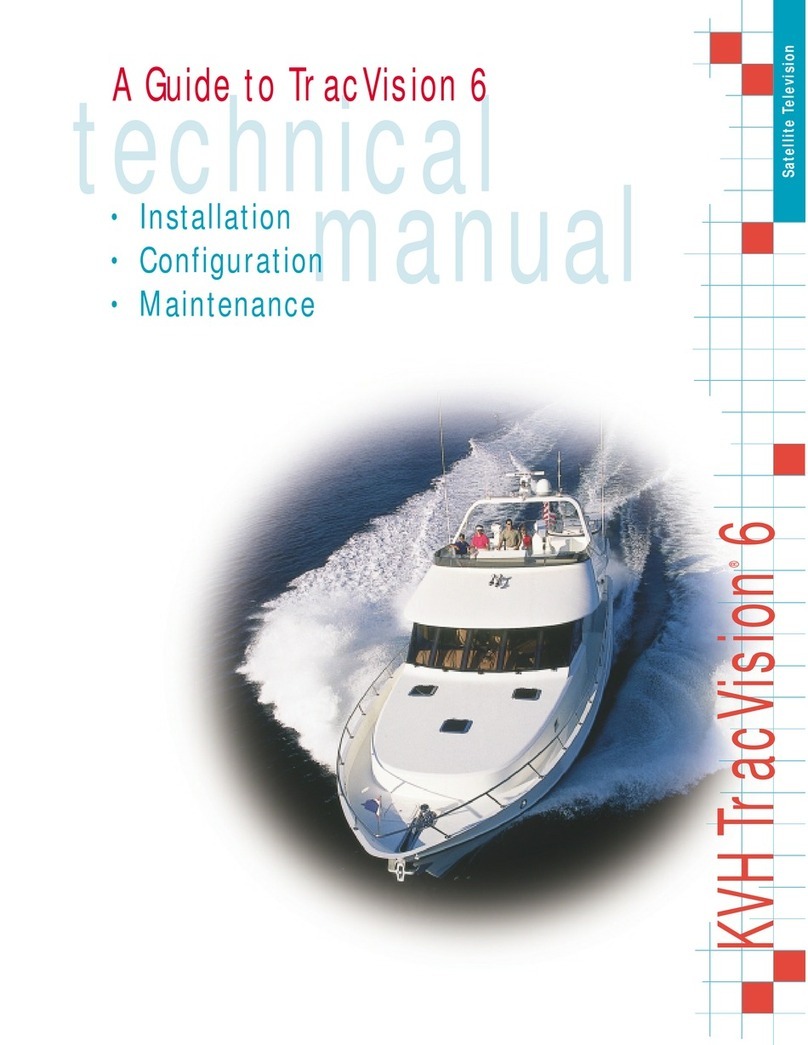
KVH Industries
KVH Industries TracVision 6 Technical manual

Leica Geosystems
Leica Geosystems GS10 user manual
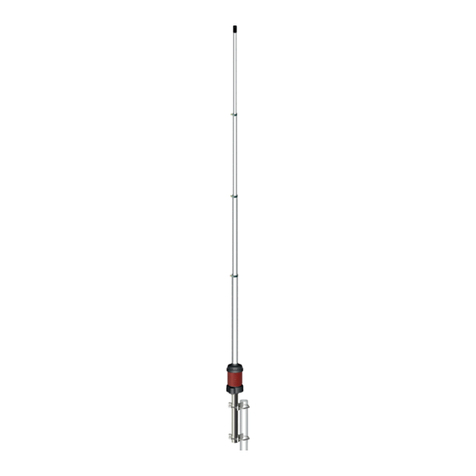
Sirio Antenne
Sirio Antenne Gain-Master manual
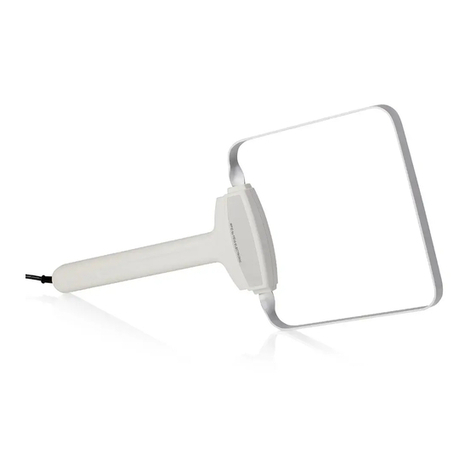
Feig Electronic
Feig Electronic ID ISC.ANTH200/200 Series manual

TERK Technologies
TERK Technologies TV44 owner's manual
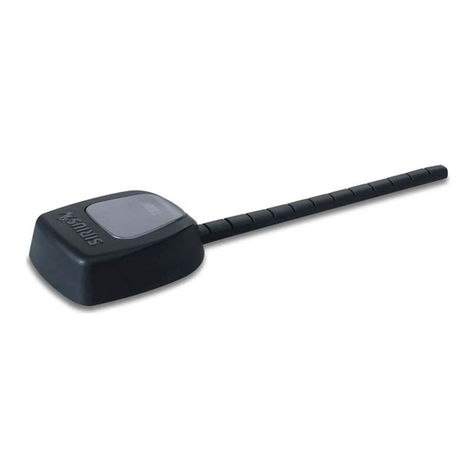
TERK Technologies
TERK Technologies SIR3 owner's manual
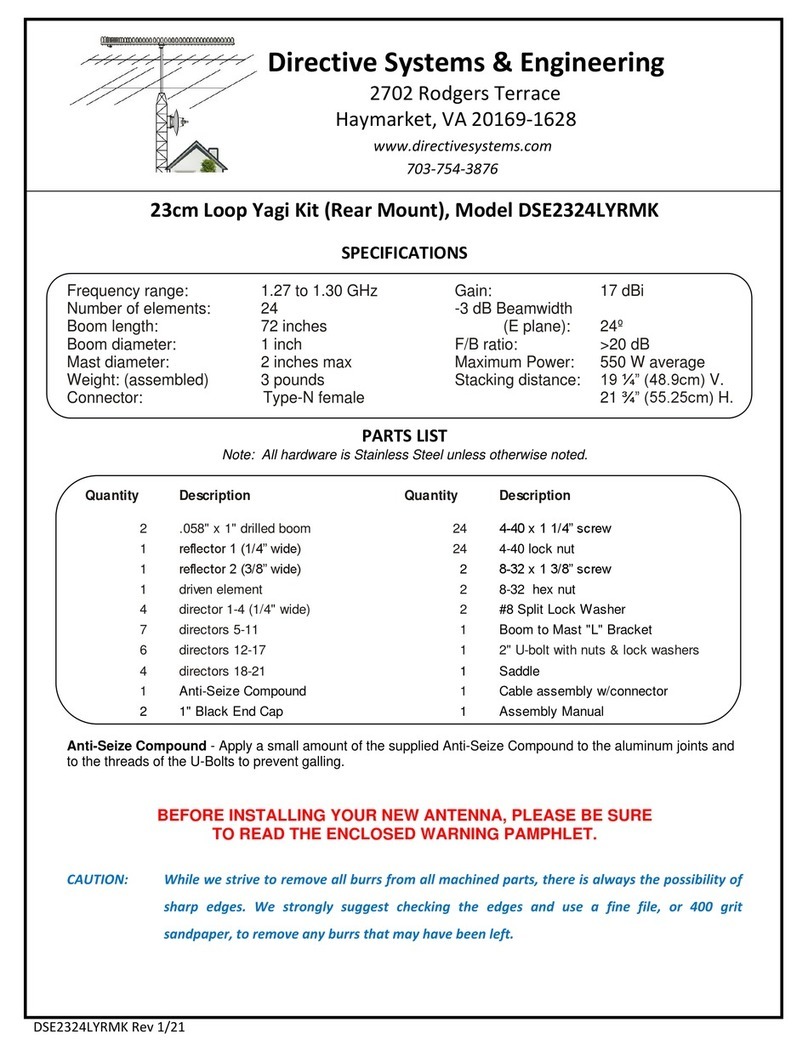
Directive Systems & Engineering
Directive Systems & Engineering DSE2324LYRMK quick start guide

HP
HP J8999A instructions
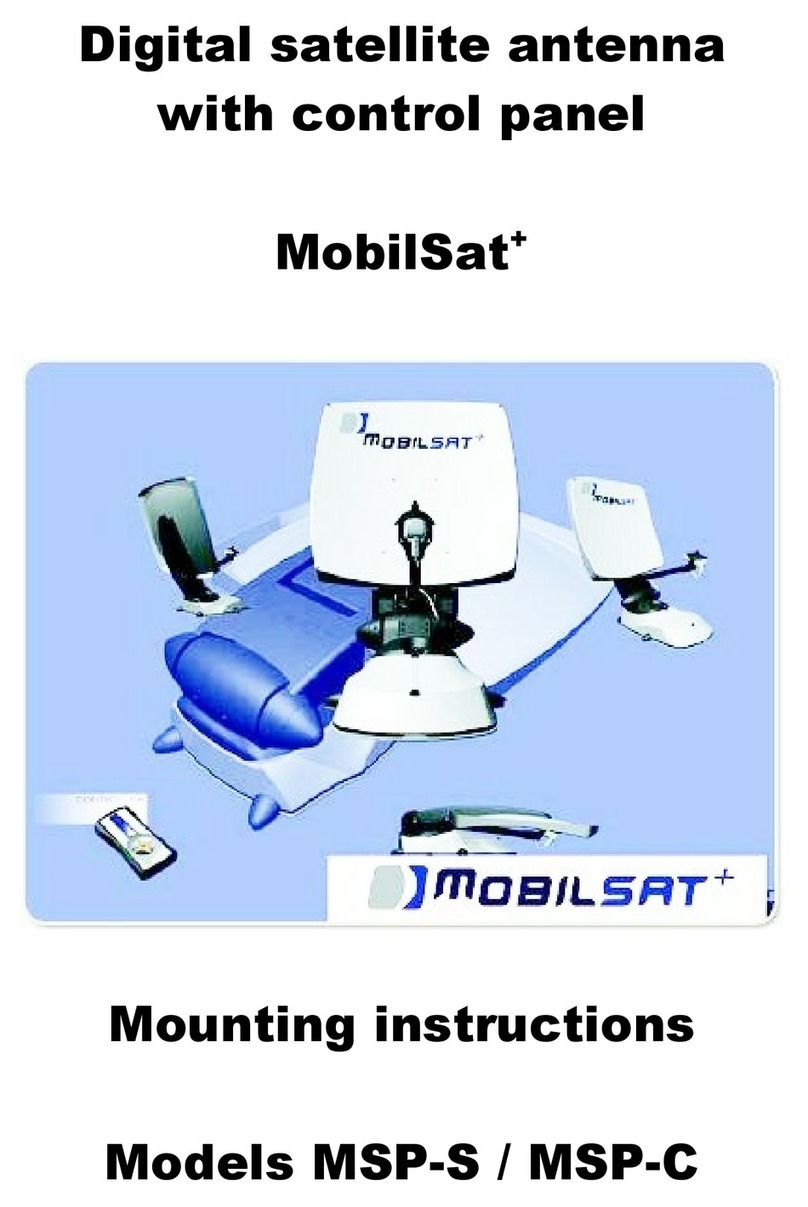
MobilSat
MobilSat MSP-S Mounting instructions
